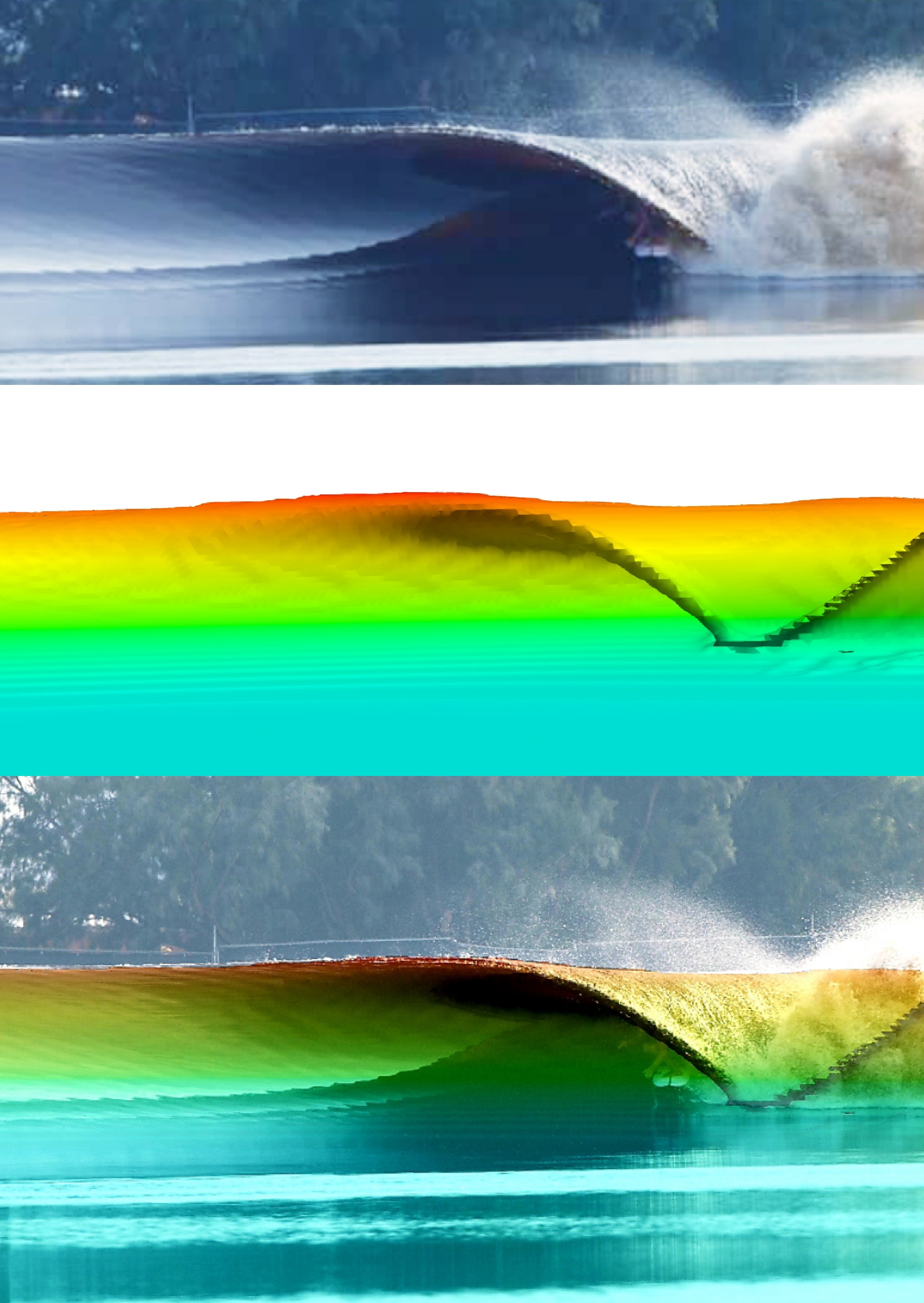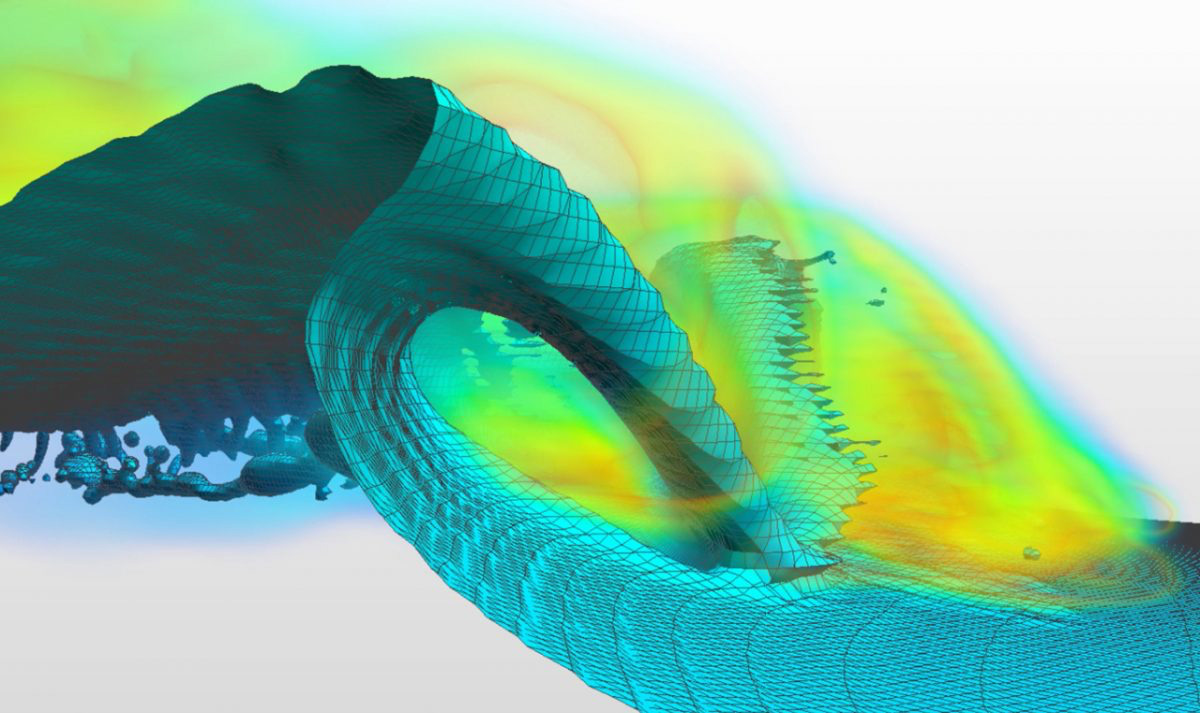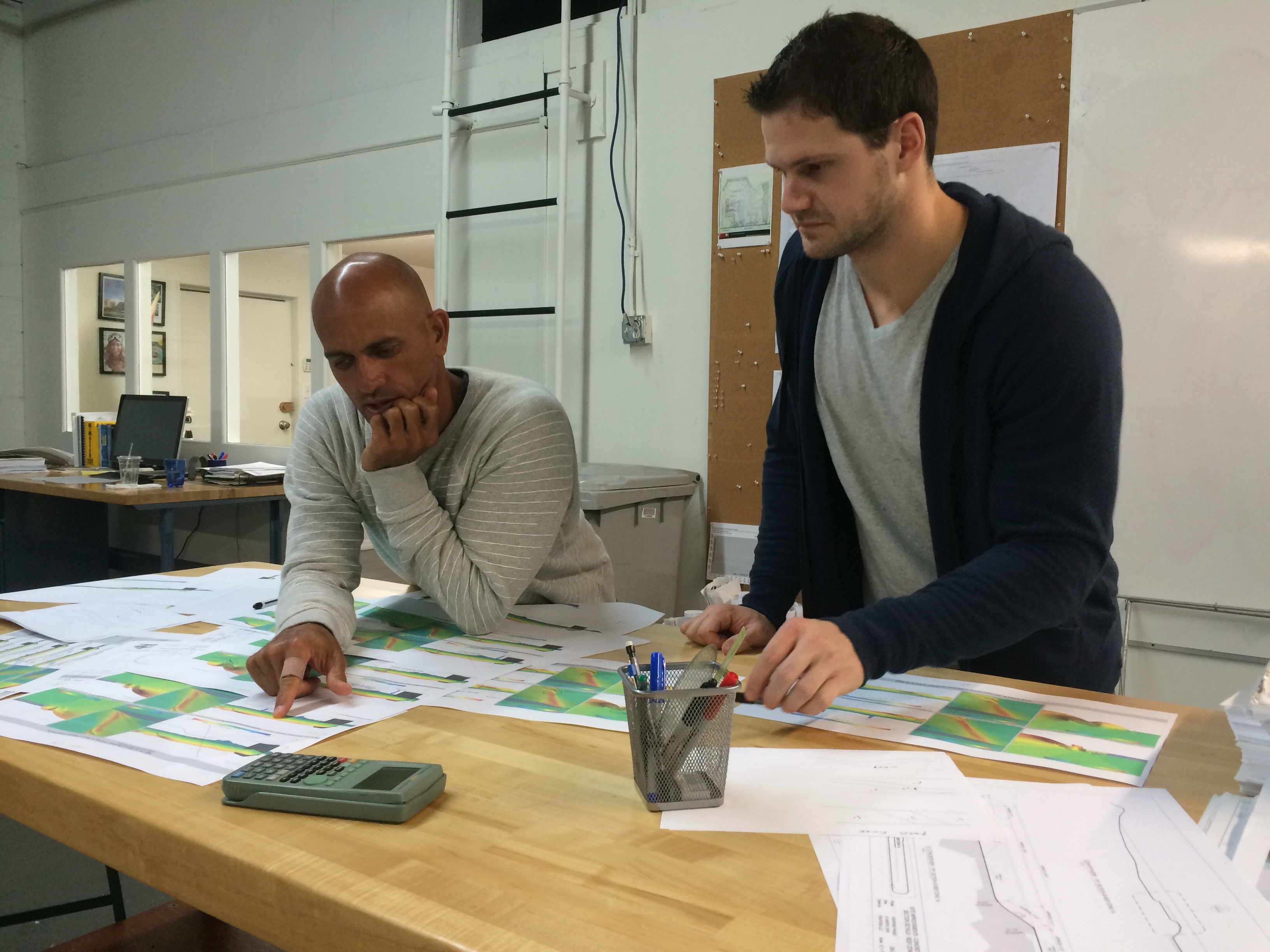An international team of scientists, engineers, and designers re-creating a true best-in-class ocean surfing experience.
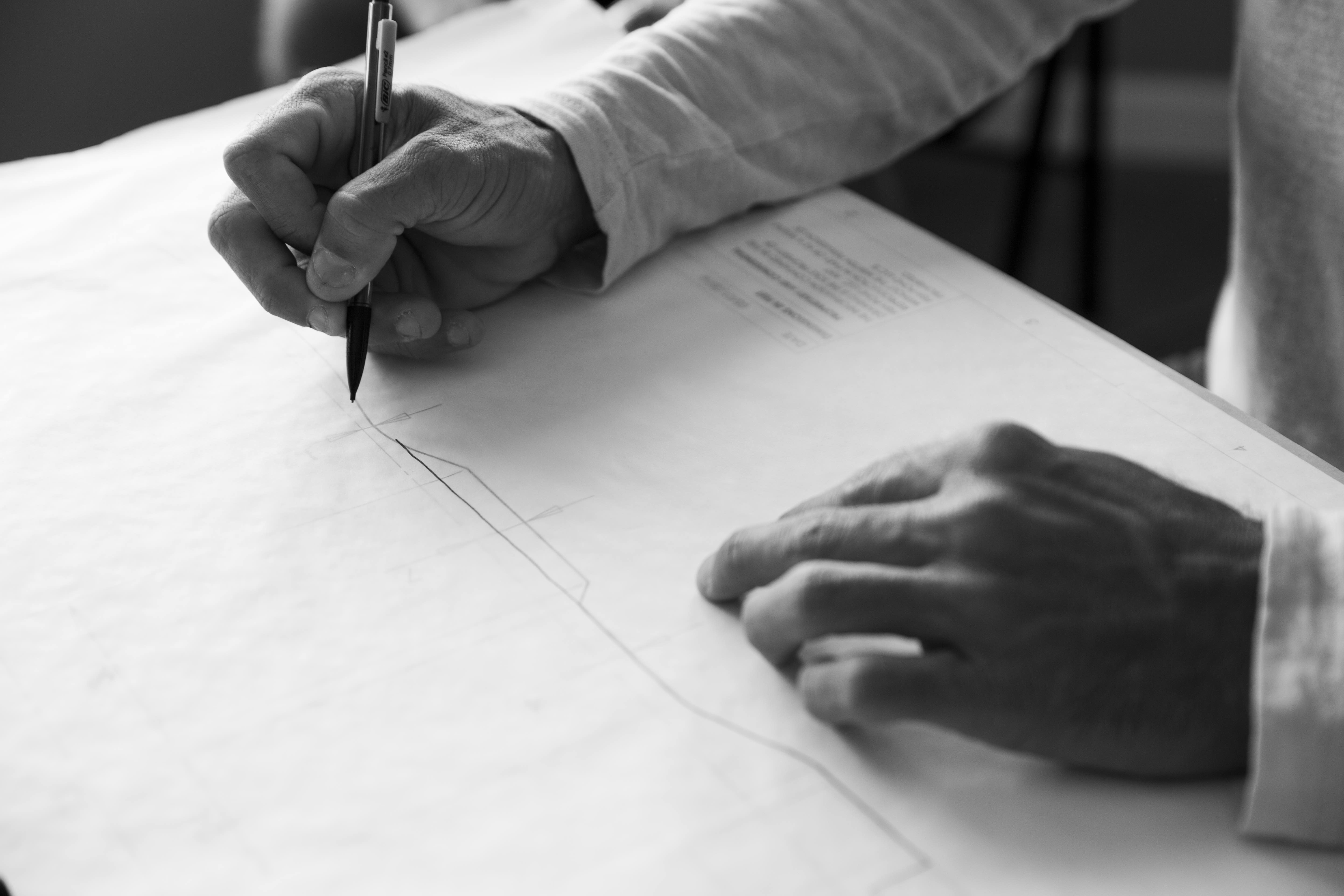
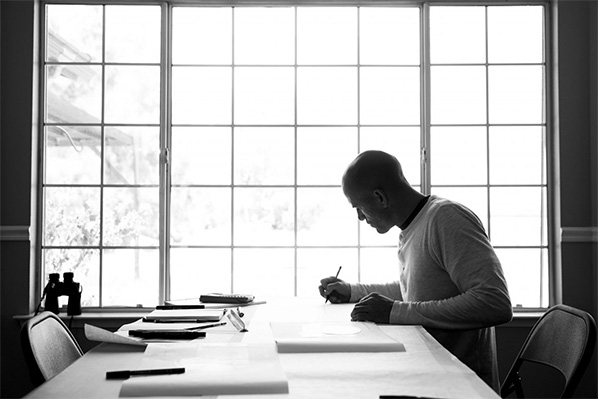
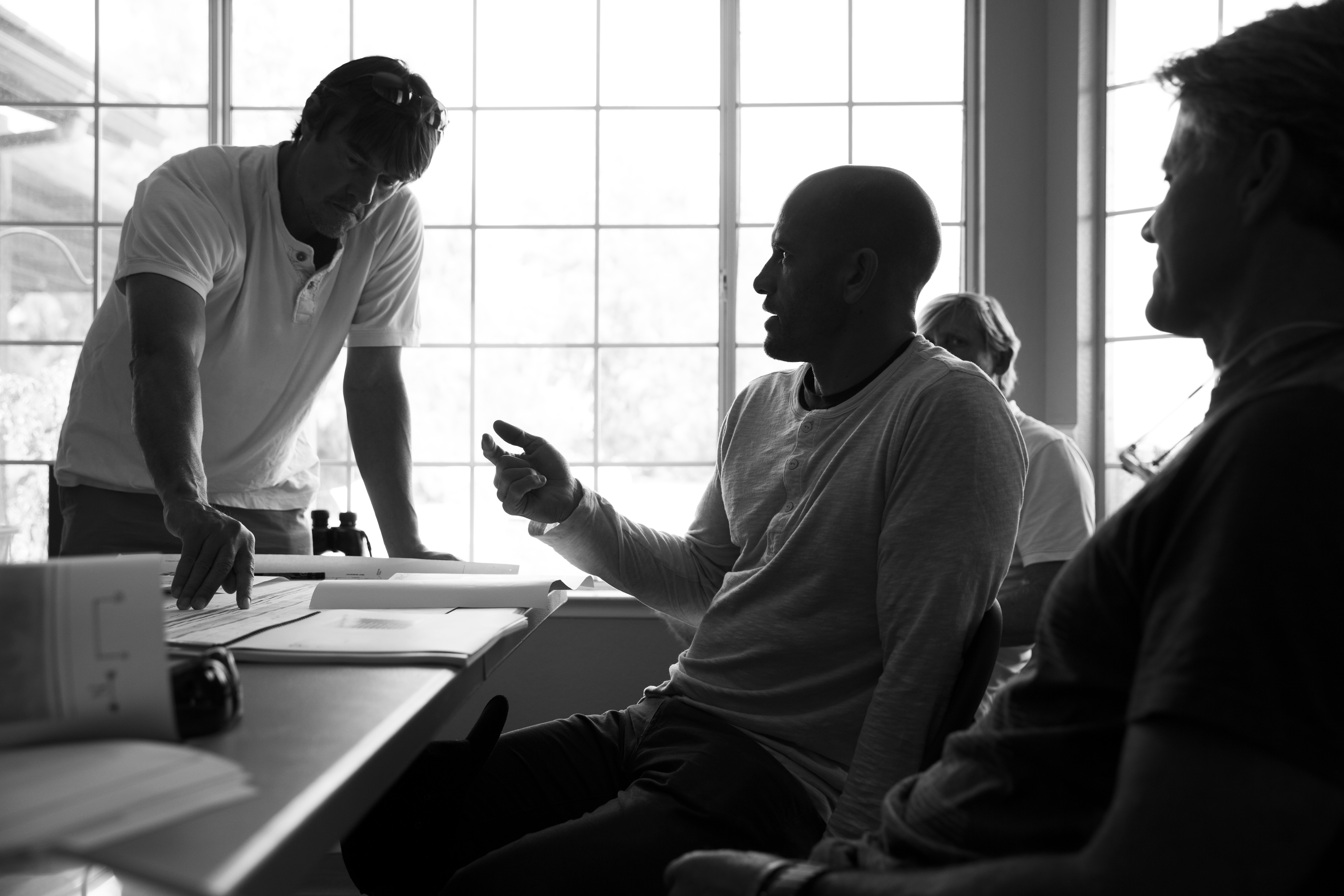
In 2006, Kelly Slater shared his vision of a perfect, barreling, human-made wave with Adam Fincham, PhD., a professor at the University of Southern California Viterbi School of Engineering and expert in fluid dynamics.
What Kelly described had been attempted for decades, but never achieved. Adam was fascinated by the challenge. So together with an international team of scientists, engineers and business professionals, they got to work.
The team had to first understand the physics of shallow water ocean waves. There was limited scientific information on the subject and Kelly Slater Wave Co needed to amass its own data. By 2008, the team started to develop its first research lab to construct a physical model of the wave for rapid prototyping and analysis. This would become the cornerstone of Kelly Slater Wave Co know how, testing various hydro-foils, beach profiles, dampening technologies and much more. The team also developed computer modeling resources to study and confirm its physical wave findings. Using Computational Fluid Dynamics simulations, physical models and wave theory, the team triangulated and confirmed their approach and started construction on a full-scale prototype.
On December 5, 2015, the first full-scale wave rolled with Kelly surfing it flawlessly and the surfing world was stunned. Kelly Slater Wave Co continues to expand its understanding of shallow water physics and evolve its wave and technology with the full-scale prototype as its new research center.
“IT HAD TO BE CONSISTENT, POWERFUL AND HAVE THAT CERTAIN X-FACTOR.”
- Adam Fincham, phd geophysical fluid dynamics

